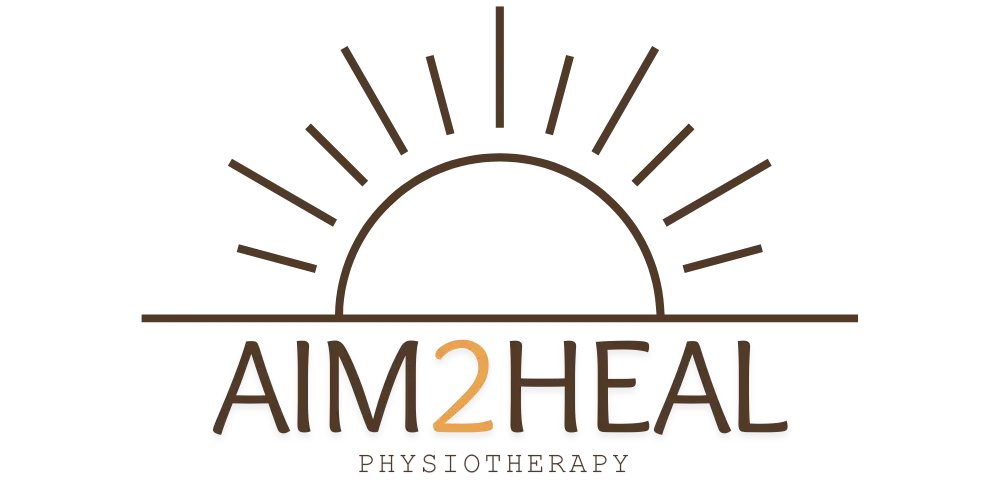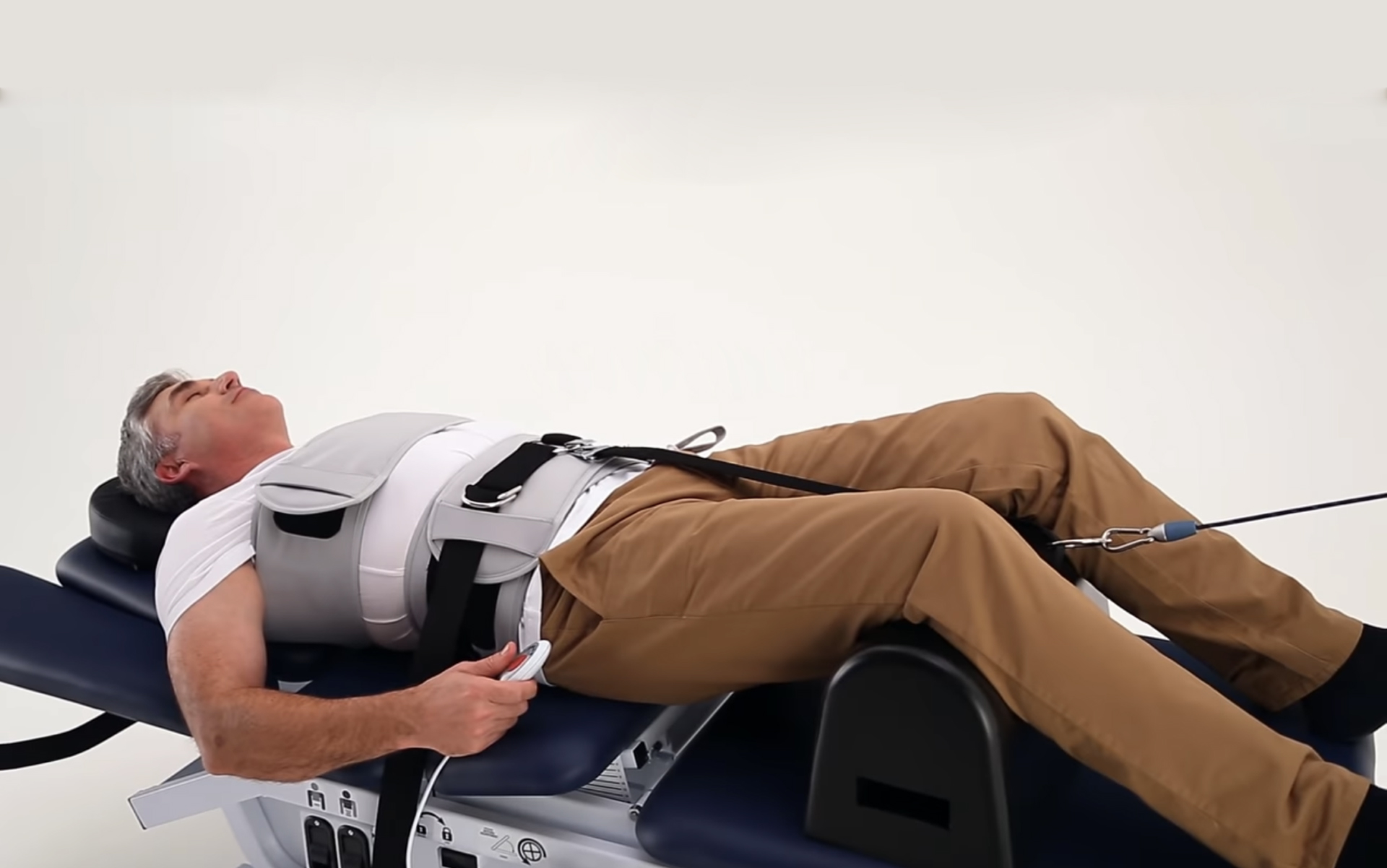
NOW OFFERING PHYSIOTHERAPY WITH AIM2HEAL PHYSIOTHERAPY!
Orthopedic physiotherapy and specialization in pelvic floor therapy, pre and post natal rehabilitation, vestibular rehab, concussion, and
TMJ disorder. Patient-centered one on one care. AIM2HEAL


